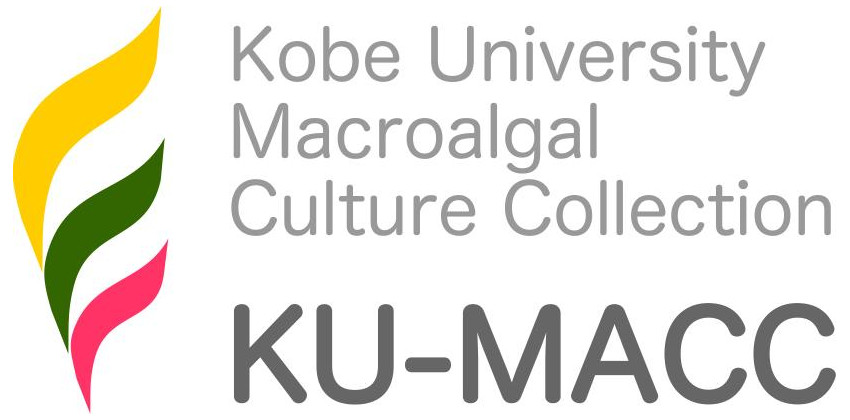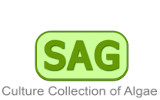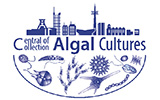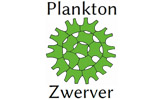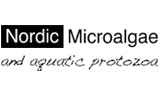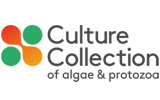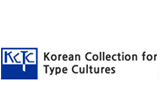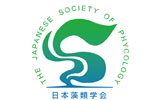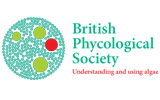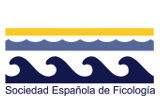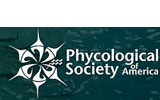Chara Linnaeus, 1753
Lectotype species: Chara vulgaris Linnaeus
Publication details: Linnaeus, 1753: 1156
Original publication: Linnaeus, C. (1753). Species plantarum, exhibentes plantas rite cognitas, ad genera relatas, cum differentiis specificis, nominibus trivialibus, synonymis selectis, locis natalibus, secundum systema sexuale digestas. Vol. 2 pp. [i], 561-1200, [1-30, index], [i, err.]. Holmiae [Stockholm]: Impensis Laurentii Salvii.
Description: Monoecious or dioecious. Plant axis corticated or ecorticate, stipulodes in one (haplostephanous) or two whorls (diplostephanous), bract cells unilateral or verticillate, branchlets corticated or ecorticate, terminated by a single cell, a cluster of equal-sized cells (corona) or a segment (one or two cells long) surrounded by bract cells. Gametangia sejoined, or conjoined, or on separate plants. When conjoined, the oosporangium is above the antheridium. The helical enveloping cells of the oosporangium are terminated by a coronula of five cells. Oospores with or without a calcified covering (gyrogonite) when mature.
Information contributed by: Casanova & Karol (2023). The most recent alteration to this page was made on 2023-04-03 by M.D. Guiry.
Taxonomic status: This name is of an entity that is currently accepted taxonomically.
Gender: This genus name is currently treated as feminine.
Most recent taxonomic treatment adopted: Casanova, M.T. & Karol, K.G. (2023). Charophytes of Australia’s Northern Territory – I. Tribe Chareae. Australian Systematic Botany 36(1): 38-79, 22 figs.
Verification of Data
Users are responsible for verifying the accuracy of information before use, as noted on the website Content page.
Contributors
Some of the descriptions included in AlgaeBase were originally from the unpublished Encyclopedia of Algal Genera,
organised in the 1990s by Dr Bruce Parker on behalf of the Phycological Society of America (PSA)
and intended to be published in CD format.
These AlgaeBase descriptions are now being continually updated, and each current contributor is identified above.
The PSA and AlgaeBase warmly acknowledge the generosity of all past and present contributors and particularly the work of Dr Parker.
Descriptions of chrysophyte genera were subsequently published in J. Kristiansen & H.R. Preisig (eds.). 2001. Encyclopedia of Chrysophyte Genera. Bibliotheca Phycologica 110: 1-260.
Linking to this page: https://www.algaebase.org/search/genus/detail/?genus_id=43352
Citing AlgaeBase
Cite this record as:
M.D. Guiry in Guiry, M.D. & Guiry, G.M. 03 April 2023. AlgaeBase. World-wide electronic publication, National University of Ireland, Galway. https://www.algaebase.org; searched on 15 June 2025
 Request PDF
Request PDF